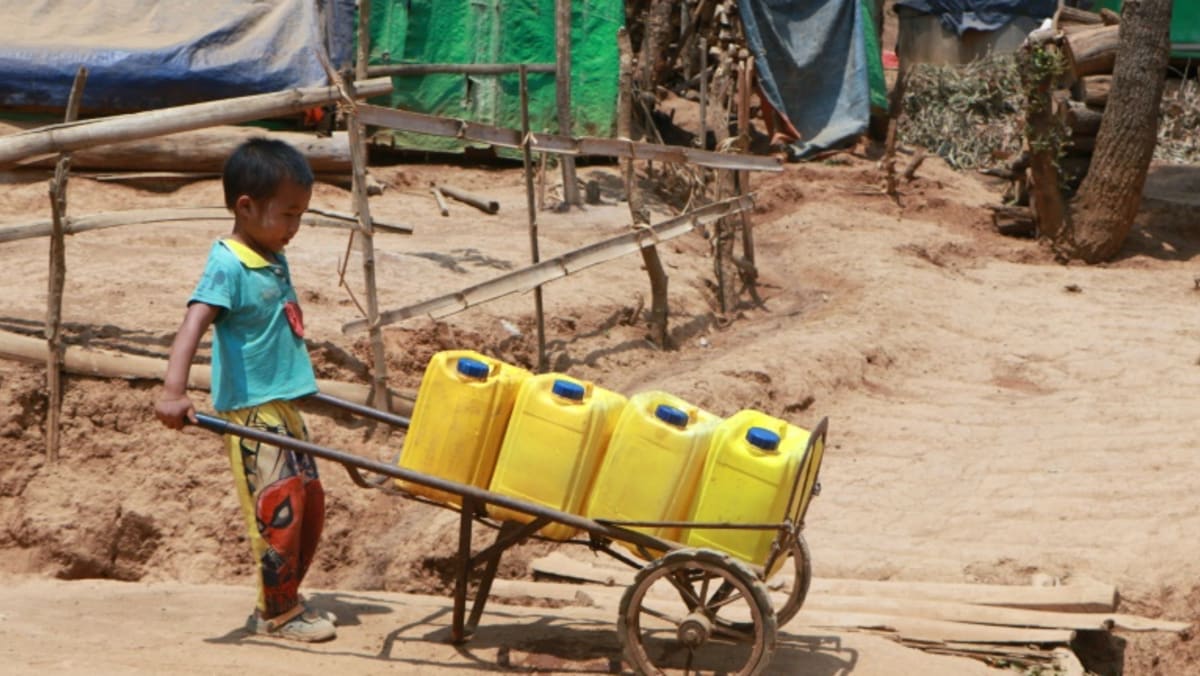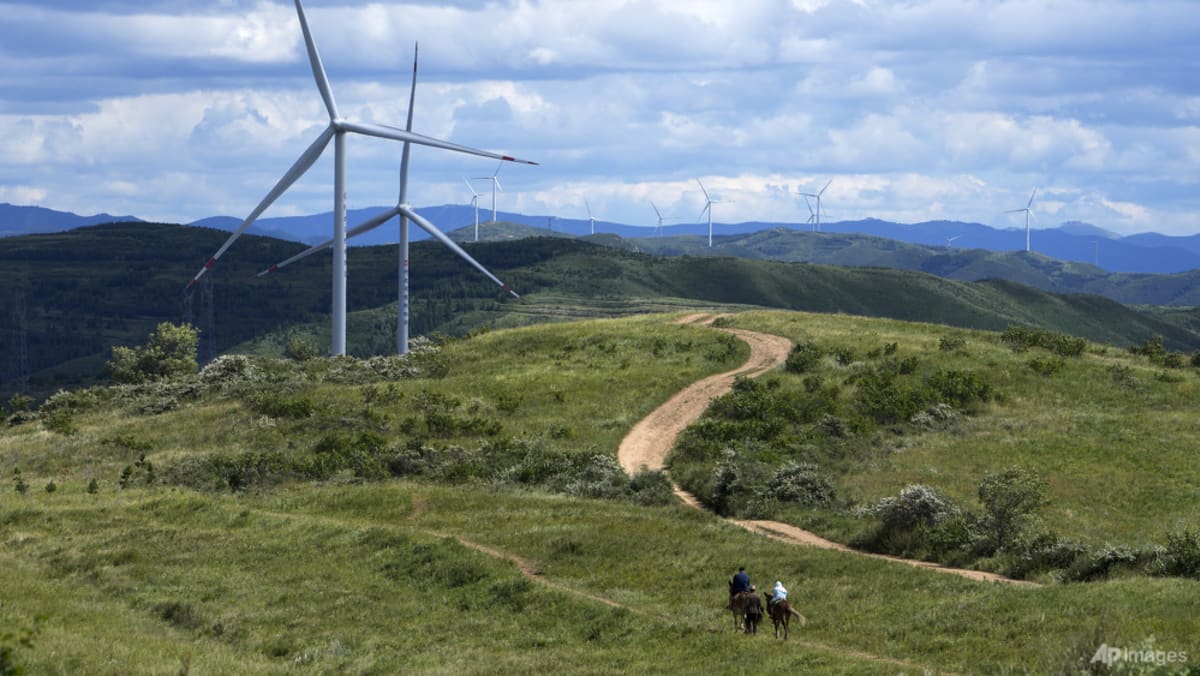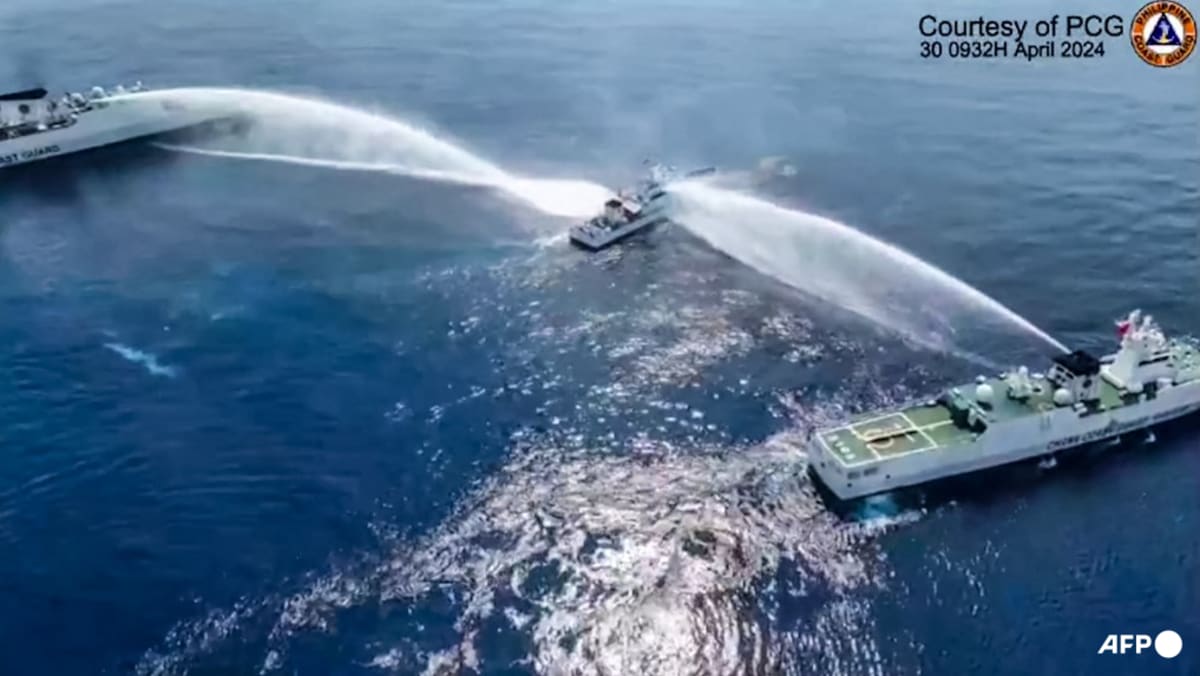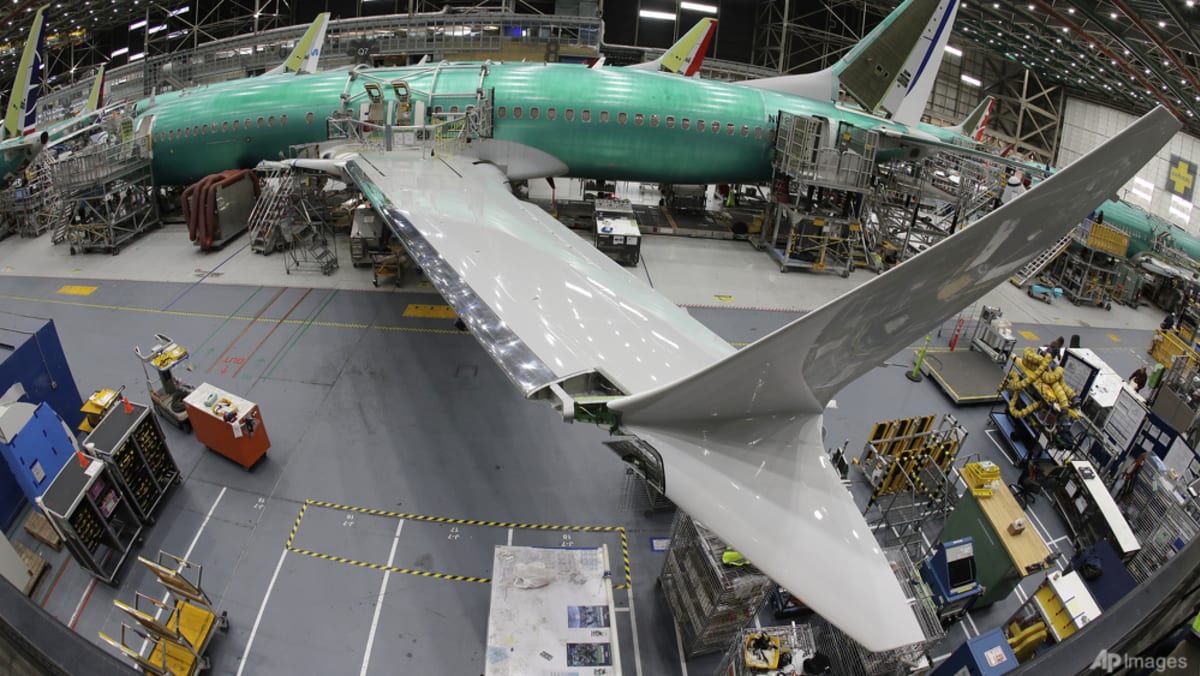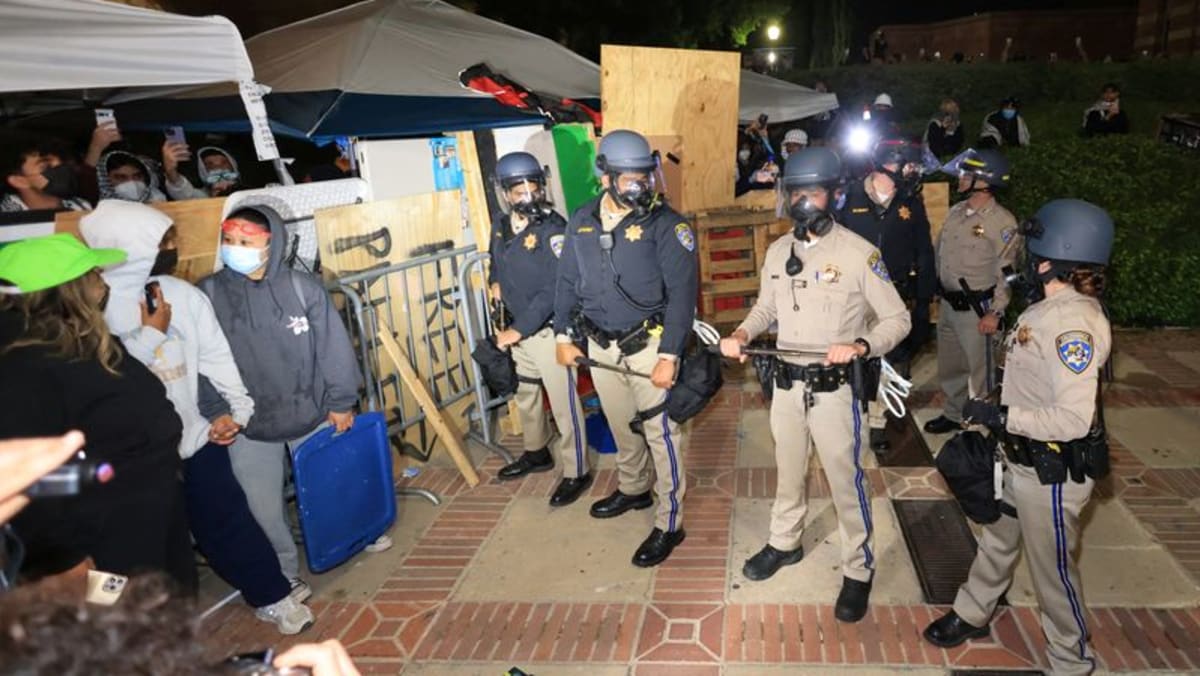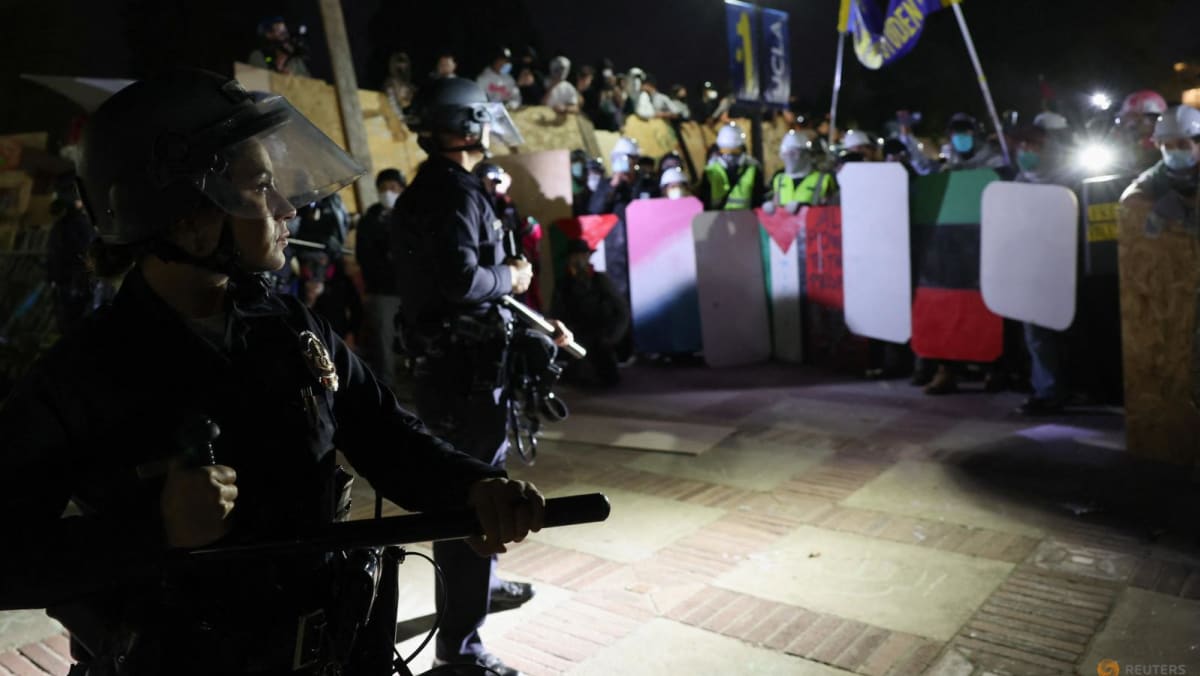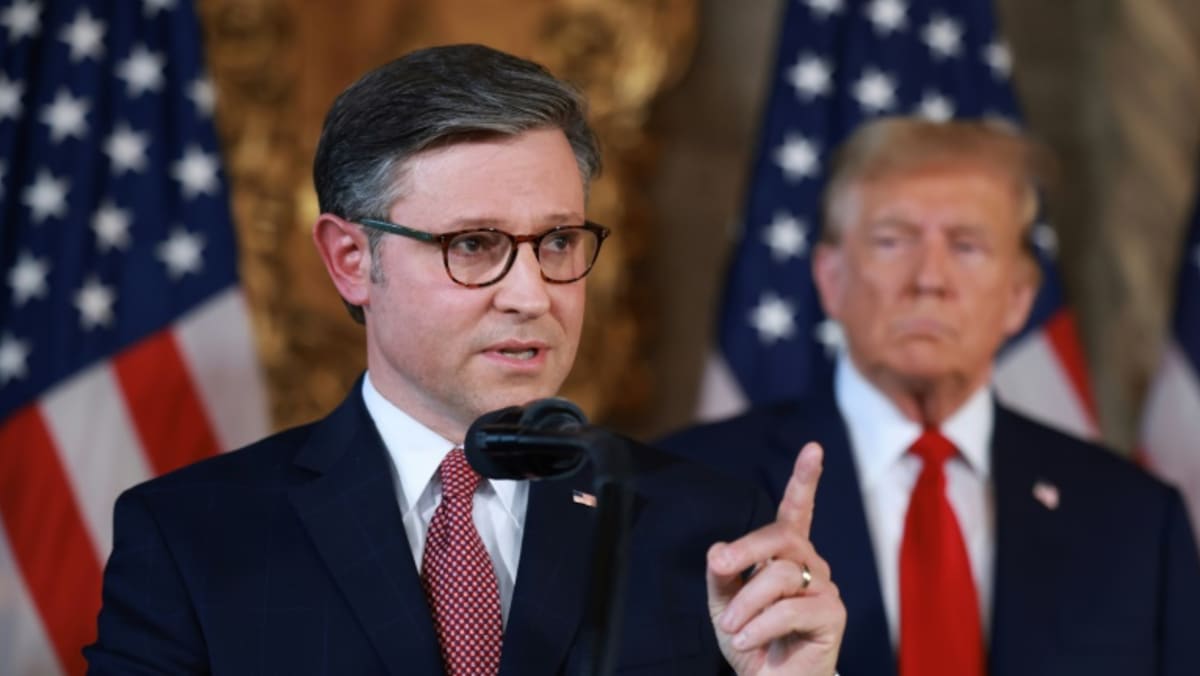SUPPLY CHAIN SHORTAGES
Thanks to the vast size of turbine blades and the high share of bespoke engineering that goes in to producing immense concrete-and-steel towers and foundations, wind is a much harder industry to trade across borders.
In contrast to solar and EVs, which can be bought by individuals and non-energy businesses whenever their costs look attractive, it also depends on the behaviour of large utilities navigating the regulatory morass that plagues infrastructure in developed countries.
The picture isn’t a pretty one.
Last year’s 117 GW of installs is barely more than a third of the 320 GW that the International Energy Agency reckons we’ll need to be connecting each year by 2030. GWEC’s current forecast is for a total turbine fleet of 2 terawatts by 2030 – just two-thirds of the 3 TW that’s needed for net zero.
“From Europe to Americas, there has been chronic underinvestment in future supply chain capacity,” GWEC wrote. “Wind industry actors are hesitant to scale up” thanks to doubts about future levels of demand. That uncertainty is being driven by dithering policy support from governments, as well as delays in providing permits, grid connections and land.
In the US, local supply chains are already running into bottlenecks for almost every complex component of a wind farm, with the only exceptions being basic steel plate, copper and concrete, the report found. In Europe, the same shortages will start to spread this year and next.


